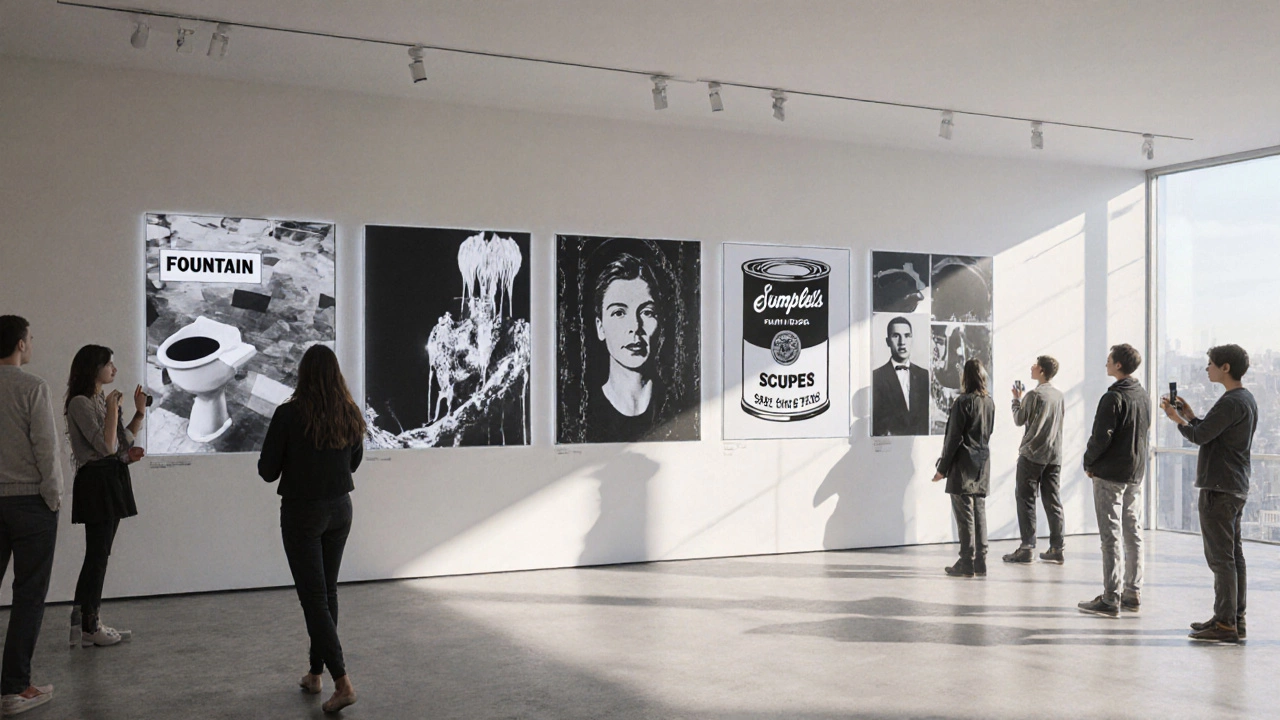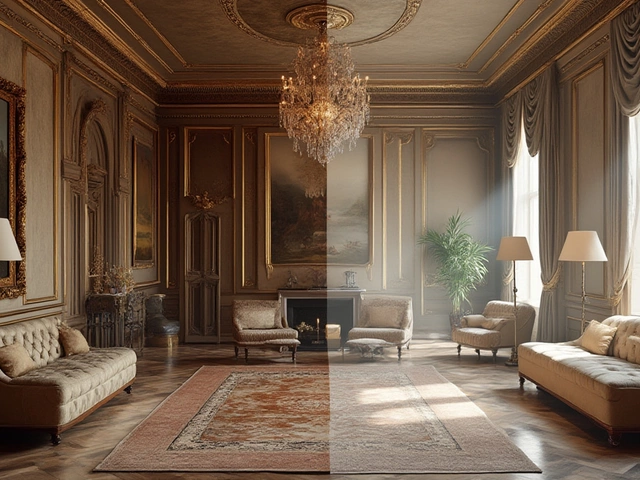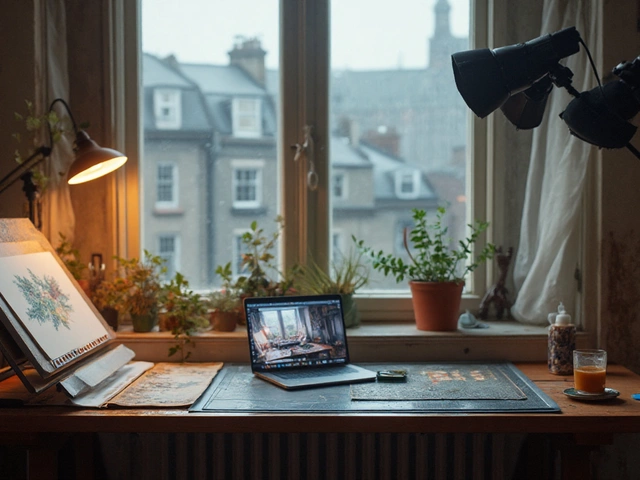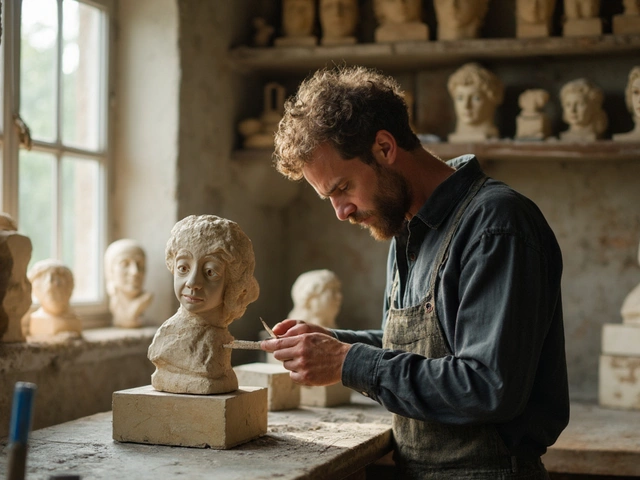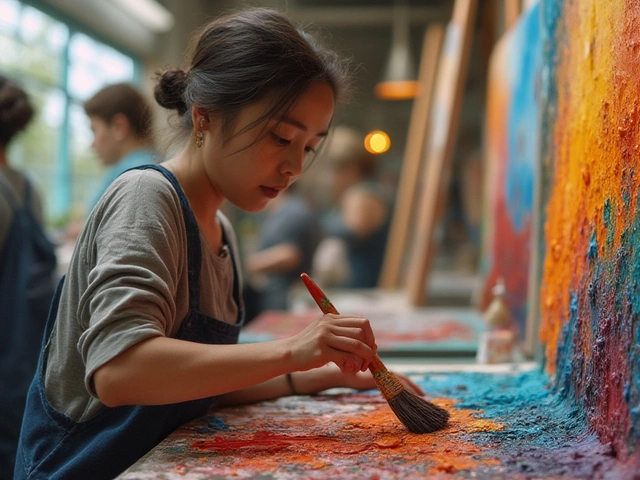20th Century Art: Styles, Movements & Influence
When exploring 20th century art, the period from 1900 to 1999 that saw radical shifts in visual expression. Also called Modern Era Art, it reshaped how artists think about form and meaning. This era also gave rise to abstract art, non‑representational works that focus on color, shape and emotion, and to landscape painting, the tradition of depicting natural scenery in oil, watercolor or acrylic. modern art, the broader movement that includes both abstract experiments and new interpretations of reality emerged alongside these trends, while the digital turn at the century’s end introduced digital art, computer‑created imagery that expands the canvas beyond paint. In short, 20th century art encompasses abstract art, landscape painting, and modern art, and it requires an understanding of new materials, techniques, and cultural shifts.
Key Themes in 20th Century Art
One major thread is the push toward abstraction. Abstract Expressionism, for example, uses gestural brushstrokes to convey emotion, while geometric abstraction relies on precise shapes and a limited palette. These styles share the attribute “non‑representational” and differ in technique: the former values spontaneity, the latter values order. Landscape painting also evolved, moving from the idealized vistas of the 19th century to observational plein‑air works that capture light in real time. The attribute “focus on natural light” defines many 20th‑century landscape pieces, and the value “subjective view” distinguishes them from earlier romantic depictions. Modern art, as a broader entity, includes both abstract and landscape experiments, with the attribute “challenge to tradition” and values like “innovation” and “cultural critique”. Finally, digital art entered the scene with tools such as Photoshop and 3‑D modeling software; its key property is “software‑based creation”, and its value lies in “new visual possibilities” that blend with traditional media.
All these strands weave together to show why the period remains a hot reference for artists today. Below you’ll find articles that break down abstract art types, compare landscape painting approaches, explain modern vs contemporary differences, and even dive into the rise of digital creators. Whether you’re a beginner looking for a clear entry point or an experienced painter hunting fresh insights, the collection offers practical guidance and historical context that you can apply right away. Keep scrolling to discover the detailed guides that will help you navigate and master the vibrant world of 20th‑century art.
Father of Contemporary Art: Who Shaped Modern Creativity?
Explore why artists like Marcel Duchamp, Picasso, Pollock, Warhol, and Cindy Sherman are contenders for the title 'father of contemporary art' and learn how their groundbreaking ideas shaped today’s art scene.
Continue Reading